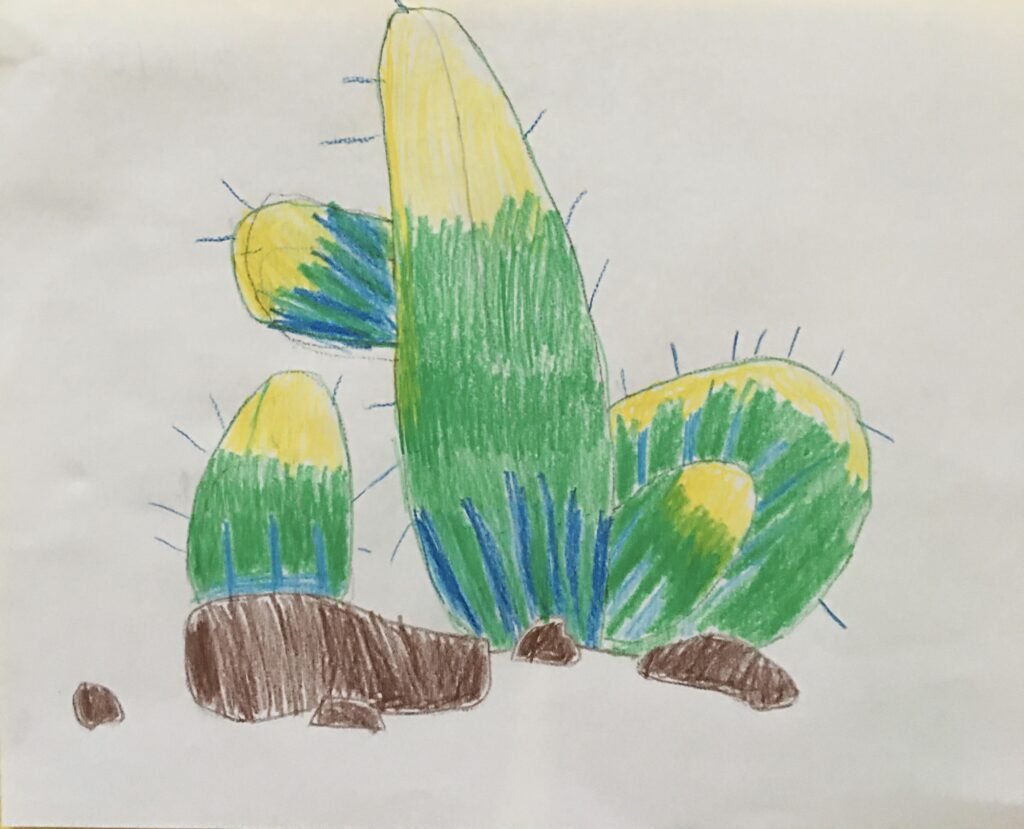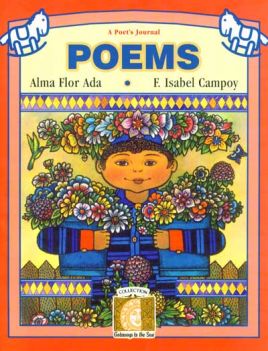
In the recent three years, more and more bilingual programs have been developed in California. This is a great time to start thinking about how to build and develop bilingual/multi-lingual programs in the school setting.
Research has shown that more than 60% of children in California speak other languages before 5 years old. These populations have a great demand for bilingual programs at schools. However, many foreign-language speaking students are underserved in class. To embrace the concept of being a Global Citizen, learning a second language should bring you multiple perspectives to the world — bilingual speakers can have twice as much fun, will be able to do twice as much, help twice as many people and to be twice as good in what they do (Alma Flor Ada, https://www.nowaterriver.com/community-collection-10-being-bilingual-with-alma-flor-ada/)

Bilingual programs are the most equitable programs that all students no matter race, age, or cultural background will benefit from them. Some people might think our kids will get confused when learning two languages. However, research has shown that although children might show lower academic scores than their peers in the primary grades, these bilingual children will have much higher performance in academic and social-emotional learning starting from 5th grade.
Back to the key question, so many immigrant families have been asked about their identities in the American communities. I would say that diverse groups bring assets to our community — enriching our culture and arts, etc…the most important thing is to find a way to balance — whichever makes us feel comfortable and confident to be surrounded by friends from all cultures. This is the beauty in our differences to build a stronger community.